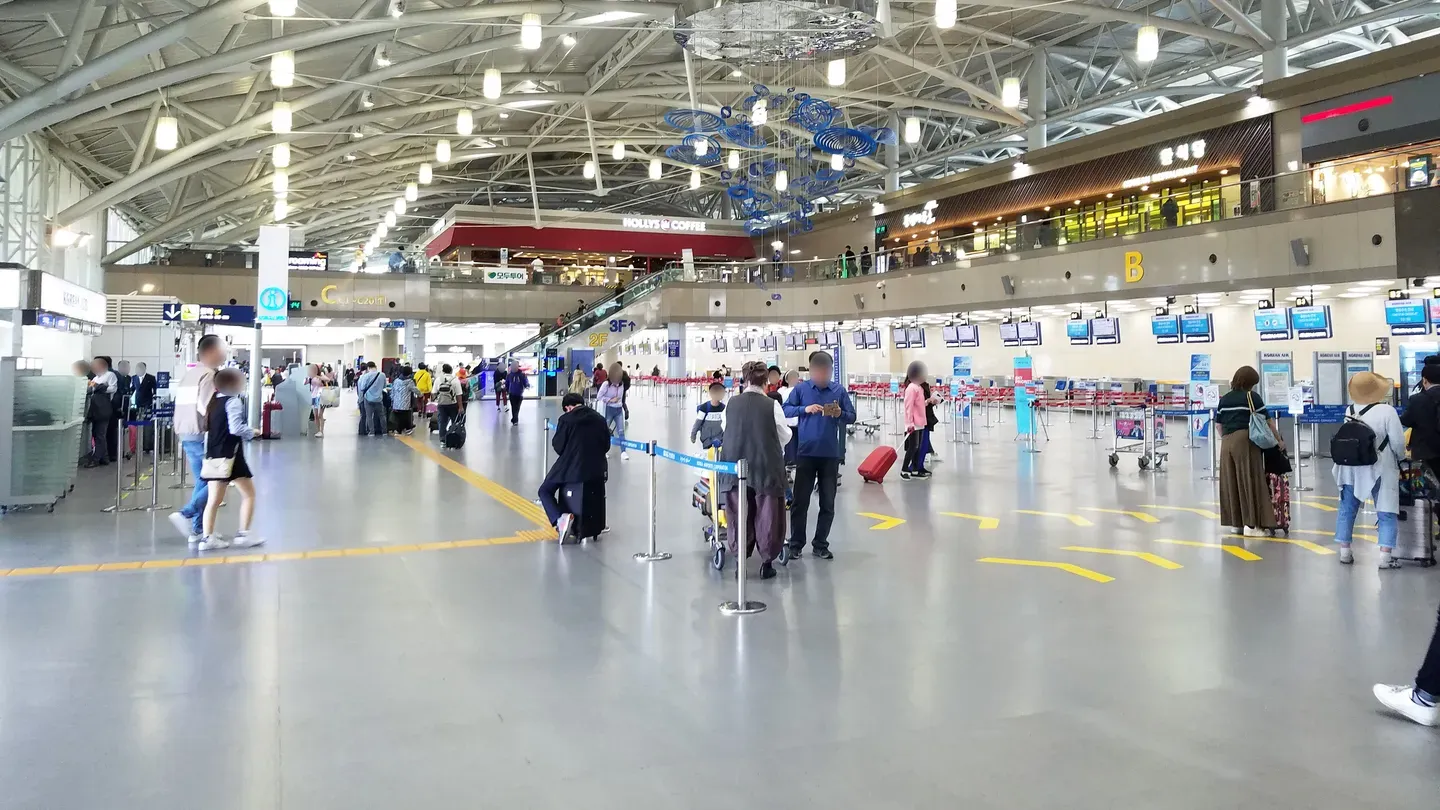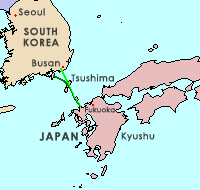Busan Airport: Code, Arrivals, Departures, and Travel Tips
A comprehensive guide to Busan Airport covering code, arrivals, departures, and travel tips.
Busan Airport Code

Busan Airport, officially known as Gimhae International Airport, is designated by the IATA code PUS. This code is essential for booking flights and identifying luggage. Gimhae International Airport serves as a major hub for travelers coming into Busan, South Korea's second-largest city. The airport has two terminals: one for domestic flights and another for international flights, making it convenient for both local and international travelers.
Busan Airport Arrivals

Busan Airport arrivals are well-organized to ensure a smooth experience for passengers. Upon arrival, you'll find clear signage in multiple languages guiding you to baggage claim, customs, and transportation options. The airport offers a variety of amenities, including free Wi-Fi, currency exchange services, and information desks. Additionally, there are several transportation options to get you to your final destination, including taxis, buses, and the metro.
Busan Airport Departures

Busan Airport departures are designed to be as seamless as possible. The departure terminals feature numerous check-in counters and self-service kiosks to expedite the process. Security checks are thorough yet efficient, ensuring passenger safety without causing significant delays. Amenities in the departure area include duty-free shops, restaurants, and lounges where travelers can relax before their flights. It's advisable to arrive at least two hours before your international flight to complete all necessary procedures.
Busan Airport to Incheon

Traveling from Busan Airport to Incheon International Airport is straightforward, with several options available. The most convenient method is the direct KTX high-speed train, which takes approximately 2.5 hours. Alternatively, you can opt for a domestic flight, which takes about an hour. Buses and private car services are also available, though they may take longer due to traffic conditions. Regardless of your choice, it's best to plan ahead to ensure a smooth transfer between these two major airports.
Busan Airport to Japan

Flying from Busan Airport to Japan is a popular route, with multiple airlines offering daily flights to various Japanese cities such as Tokyo, Osaka, and Fukuoka. The flight duration typically ranges from 1 to 2 hours, making it a convenient option for both business and leisure travelers. Make sure to check visa requirements and have all necessary travel documents ready. Additionally, it's advisable to book your flights in advance, especially during peak travel seasons, to secure the best rates.
